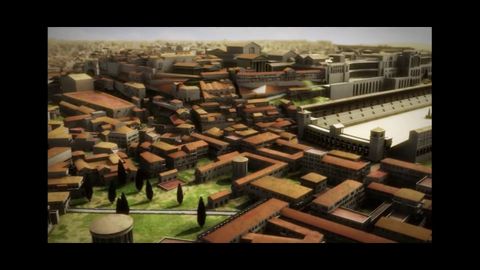古羅馬|世界歷史|可汗學院 (Ancient Rome | World history | Khan Academy)
 沒有此條件下的單字
沒有此條件下的單字- n. (c./u.)城市;都市;市政府;商業區
- adj.城市的
- n. (c.)蒼蠅;(褲子的)前襠開口
- v.i.飄揚;飛奔;乘飛機旅行;飛,飛行
- v.t.駕駛飛機
- adv.更好
- adj.很大的;非常重要的;偉大;卓越的;擅長的;(親屬關係)
- n. (c.)成功人士
US /ˈwɔtɚ, ˈwɑtɚ/
・
UK /'wɔ:tə(r)/
- n. (u.)水;水域
- v.i.流淚;(嘴)想到好吃的食物而濕潤
- v.t.澆水

